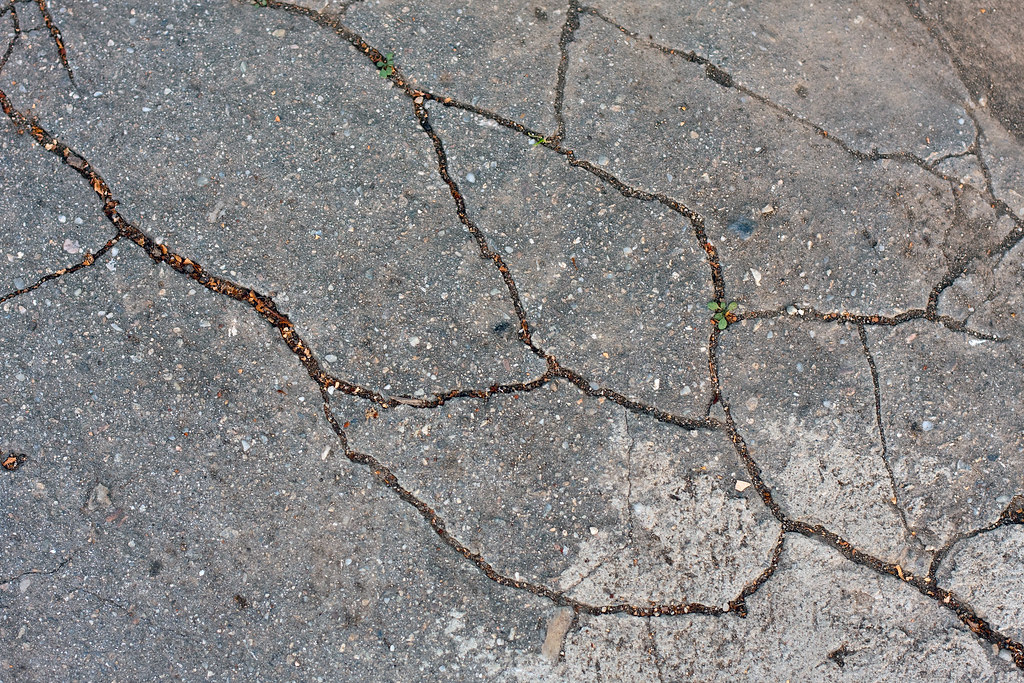- 0 Like
- 0 Comments
- By john arnold
- Asphalt Know How, Asphalt Patching, Commercial Paving, Crack Sealing
Whether you have an asphalt driveway or parking lot, your asphalt will begin to crack overtime. Cracks in 20 year old asphalt is normal, but having cracks in fairly new asphalt is a bigger issue. Here’s a list of the types of cracks.
Edge Cracks
Edge cracks develop between the edge of the pavement and concrete curbs or soil. They often come from seasonal freeze/thaw cycling, which widens and deepens the cracks over time, but are more common when the pavement edge hasn’t been properly supported or in cases where the pavement edges regularly handle heavy loads. Edge cracking requires some case-by-case investigation, and treatment may involve improving the drainage in the area and filling the cracks with crack seal.
Seam Cracks
Poor paving practices can cause cracks that grow along the seams between pavement joints, allowing water and ice into the asphalt to cause further damage and shorten the surface lifespan. Seam cracks should be filled on a regular basis to preserve the material, and sealed if they begin to get worse or develop signs of fatigue cracking.
Longitudinal Cracks
Longitudinal cracks run parallel to the direction the pavement was laid, and also aren’t usually load related—although if the pavement is heavily worn longitudinal cracking may signal more problems to follow. One of several issues may be triggering the problem, including poor joint construction, hardening of the asphalt, or long term temperature shifts.
Reflection Cracks
Reflection cracking happens because of asphalt pavement overlays that have been placed over a pavement structure that has been cracked or jointed. There is then shifting or movement of the old pavement. These cracks or joints can reflect from that pavement to the surface. Crack sealant can sometimes fix low severity cracks. Pavement that is cracked more severely may need the layer replaced.
Transverse Cracking
Cracks approximately perpendicular to the centerline are commonly known as transverse cracks. Transverse cracking may occur due to low temperature thermal cracking or because the asphalt grade is too hard for the particular climate conditions. These cracks are often caused by asphalt layer shrinkage. They are not load related but can be aggravated by heavy traffic. Generally, repairing this type crack calls for sealant or, if necessary, replacement with a new overlay.
The industrial and commercial asphalt world is always changing. Please like this article, share this article, or visit us at https://arnoldasphalt.com.

